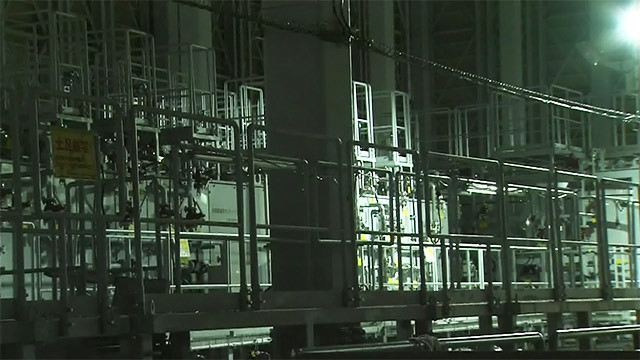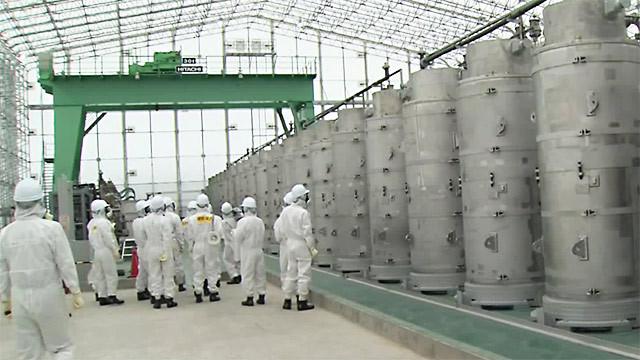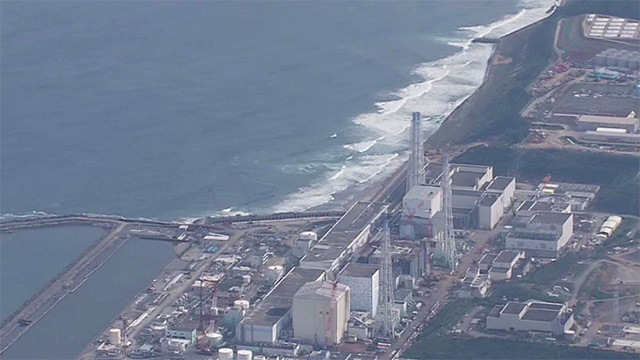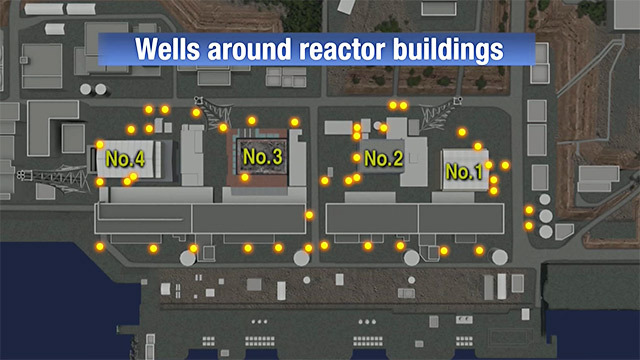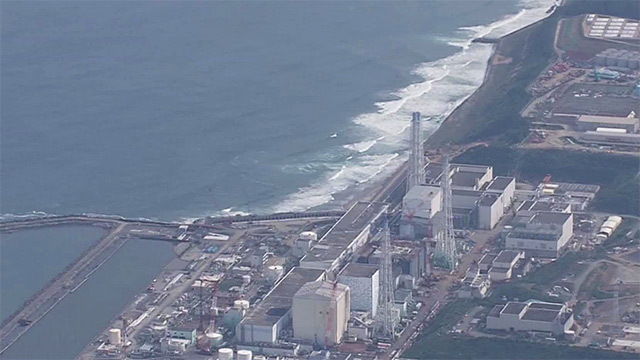November 1, 2014
NRA rebuts claim that Fukushima cleanup affected faraway rice paddies
http://ajw.asahi.com/article/0311disaster/fukushima/AJ201411010037
THE ASAHI SHIMBUN
Japan's nuclear watchdog disputed the farm ministry's assertion that radioactive substances churned up by debris removal work at the Fukushima No. 1 nuclear power plant contaminated distant rice paddies last year.
The Nuclear Regulation Authority announced at a commissioners' meeting Oct. 31 its estimate that 110 billion becquerels of radioactive materials spread as a result of cleanup at the No. 3 reactor building on Aug. 19, 2013.
This figure is lower than the 130 billion to 260 billion becquerels estimated by the plant's operator, Tokyo Electric Power Co., in August.
Radiation readings rose significantly during debris removal that day, with radioactive substances found to have contaminated plant workers about 500 meters from the reactor building.
However, NRA Commissioner Toyoshi Fuketa emphasized, "The affected area of the fallout was within the nuclear plant compound."
"While it is difficult to simulate the spread of radioactive substances (outside the plant), it is unlikely that the debris cleanup caused the contamination (of the rice paddies)," Fuketa said.
The nuclear facility was ravaged by the March 2011 Great East Japan Earthquake and ensuing tsunami, triggering a triple meltdown.
The NRA arrived at the figure of 110 billion becquerels by analyzing radiation levels recorded at monitoring posts north-northwest of the plant on the day in question.
Radioactive fallout on this scale constitutes a Level 0 incident on the International Atomic Energy Agency's International Nuclear and Radiological Event Scale.
Earlier, the farm ministry pointed to the possibility that radiation from the plant had spread to rice paddies in Minami-Soma more than 20 kilometers away, and called on TEPCO to take preventive measures in its debris removal work.
During the NRA meeting, some experts noted that despite the NRA's estimate, it is unlikely that factors other than debris cleanup at the plant could have caused such high levels of radioactive fallout at the rice farms.
“From a broader perspective, the Fukushima No. 1 plant is responsible for the contamination," one participant said.
October 31, 2014
NRA: Fukushima debris didn't taint rice paddies
http://www3.nhk.or.jp/nhkworld/english/news/nuclear.html
Oct. 31, 2014 - Updated 11:27 UTC+1
A member of Japan's Nuclear Regulation Authority says it's highly unlikely that radioactive particles from the Fukushima Daiichi nuclear power plant contaminated rice fields some 20 kilometers away.
Commissioner Toyoshi Fuketa spoke at the authority's meeting on Friday. Radioactive substances were found in the paddies after workers removed debris from the plant's Number 3 reactor building in August last year.
The authority said the removal work released dust particles with 110 billion becquerels of radiation.
The plant's operator, Tokyo Electric Power Company, said the particles had relatively large diameters of several micrometers.
Fuketa indicated that given the level of radiation, the particles had an environmental impact only in the plant compound. He suggested that the contamination may have come from river and ground water.
The authority is considering whether to make projections on how far radioactive particles will spread during debris removal and how they will affect rice fields.
commenter cet article
